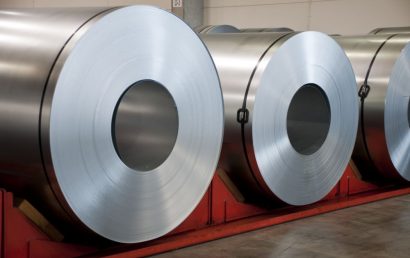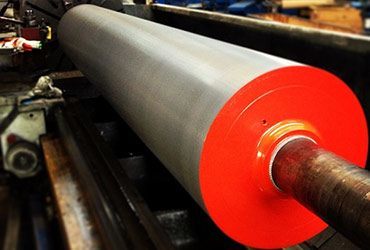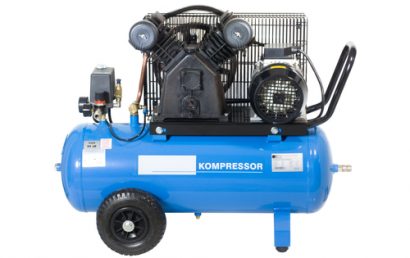Even Super Strong Concrete Needs Protection
Were you to ask the average person on the street to name a material that is incredibly hard, tough, and strong, many would agree that concrete would be near the top of the list. We rely on concrete for everything from our streets to our buildings. It is durable and has proven, over and over, that it can stand the test of time. But even something as tough and strong as concrete needs assistance.
In addition to strength and durability, versatility is one of concrete’s most appealing aspects. Unfortunately, there is a cost to be paid for that versatility. Over time, various factors will affect concrete because of all of the exposure it experiences. To maintain your product, you have to properly protect it.
The Daunting Task Of Protection Coating Selection
A task such as this is best left to seasoned professionals. Every coating has its very own appropriate uses, weaknesses, and strengths. In some cases, no coating is absolutely necessary. Two factors weigh heavily in the coating decision process.
- The application procedure
- The environment in which the concrete will be utilized
Application
Before applying a coating, concrete must be properly prepared. Coating adherence can be affected by the following factors:
- Hardened, glossy concrete requires special methods
- Variable effects of curing agents
- Bonding can be affected by release agents
- Removed snap ties or rods can cause protruding wire or holes
- Laitance (a powdery limestone deposit on the surface) or, also related to laitance, concrete imperfections referred to as “eggshell”
The following are the most commonly used surface preparations:
- High-pressure water jetting
- Wet blasting
- Dry abrasive blasting
- Stripping methods may need to be used if oil and grease are present
The safety and interior environment of a plant must be factored in when choosing appropriate coatings. A water-based coating’s performance is dramatically affected by low temperatures; whereas bonding can be affected as well, by very high, warm humidity. As if that’s not enough to consider, selection decisions can also be affected by the regulations that are present in certain states.
Environment
The following common mechanisms are included in the degradation of concrete:
- Sulfate deterioration
- Chlorate induced deterioration
- Alkaline reactions
- Acidic reactions
Different environmental conditions produce each of these. Additionally, the moisture contained within highly alkaline concrete can prevent concrete from performing as needed, curing properly, or can interfere with the adherence of a coating to the surface.
There are dozens of coatings from which to choose when discussing concrete. Some of these are:
- Urethane’s
- Epoxies
- Polyureas
- Acrylics
Except for polyureas, each of those coatings are alkaline resistant, come in water-based and solvent formulas, and involve subsets.
With so many factors affecting the reliability of concrete, and with so many coatings from which to choose, it’s clear why the task of choosing the correct coating can seem overwhelming.
At A&A Coatings, we have, available to countless industries, a variety of coatings for a wide array of uses. Our skilled staff members will examine the conditions at your location and identify the coating that will best suit you and your needs. Contact us today to find out more about what kinds of protective coatings are best for your business, industry, plant, etc.



